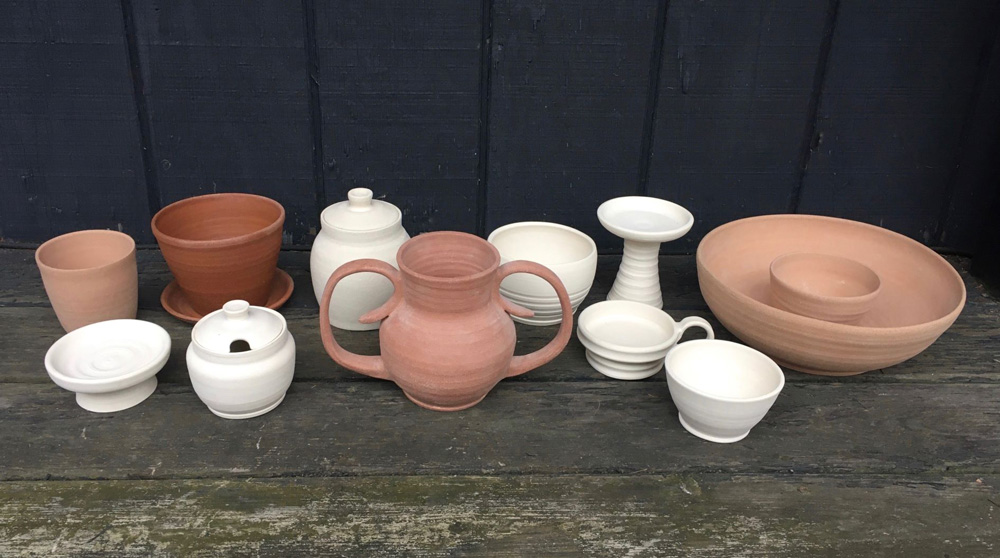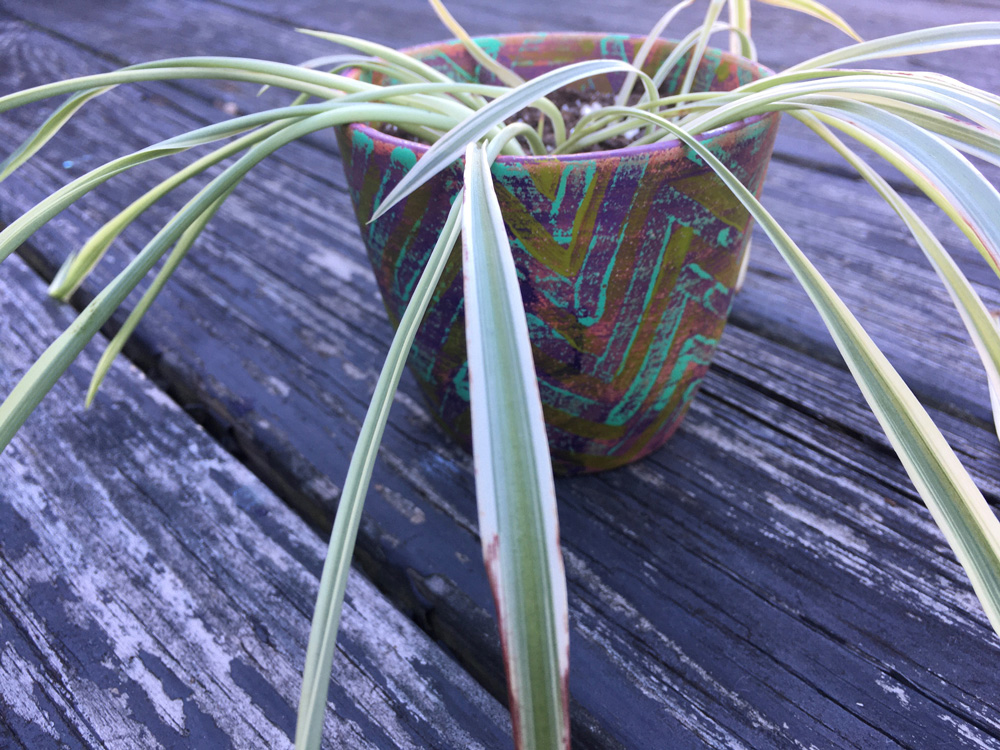We often get asked “What is the best way to paint on ceramics with acrylic paint?”. The question is usually geared toward painting unglazed pottery, but also sometimes glazed ceramics. We do not recommend our products be used on anything that will touch food, hold liquid or go into a dishwasher, so painting ceramics should only be considered if doing a decorative piece instead of a functional piece. Glazed ceramics are waterproof and acrylics will have poor adhesion, so painting glazed ceramics is generally not recommended. We also do not recommend that painted ceramic be used near heat, as with fireplace surrounds, beverage coasters or trivets.
First let’s define ceramics and specifically what we tested with our acrylics.
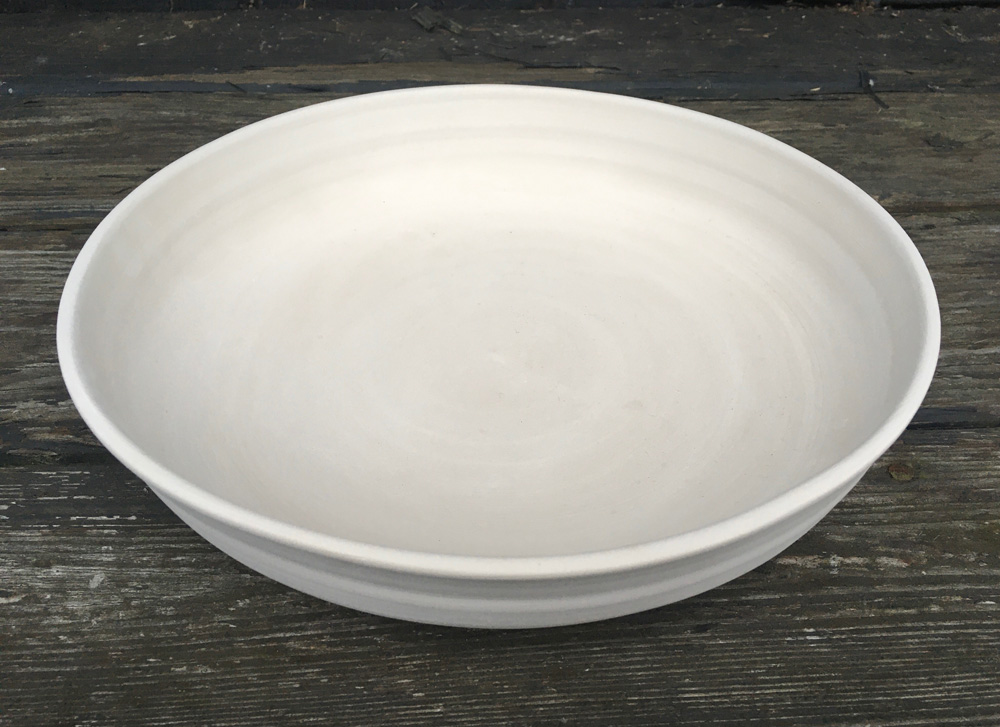
“Greenware” or “Green” refers to clay that is air dried and has not been fired in a kiln. Green ceramics are extremely fragile and should be handled very cautiously. Without firing the clay, it really has very little strength and a short life span. We do not recommend using greenware as your final piece of artwork or a base for painting because even if you could get the paint to stick, it would not add protection or strength.
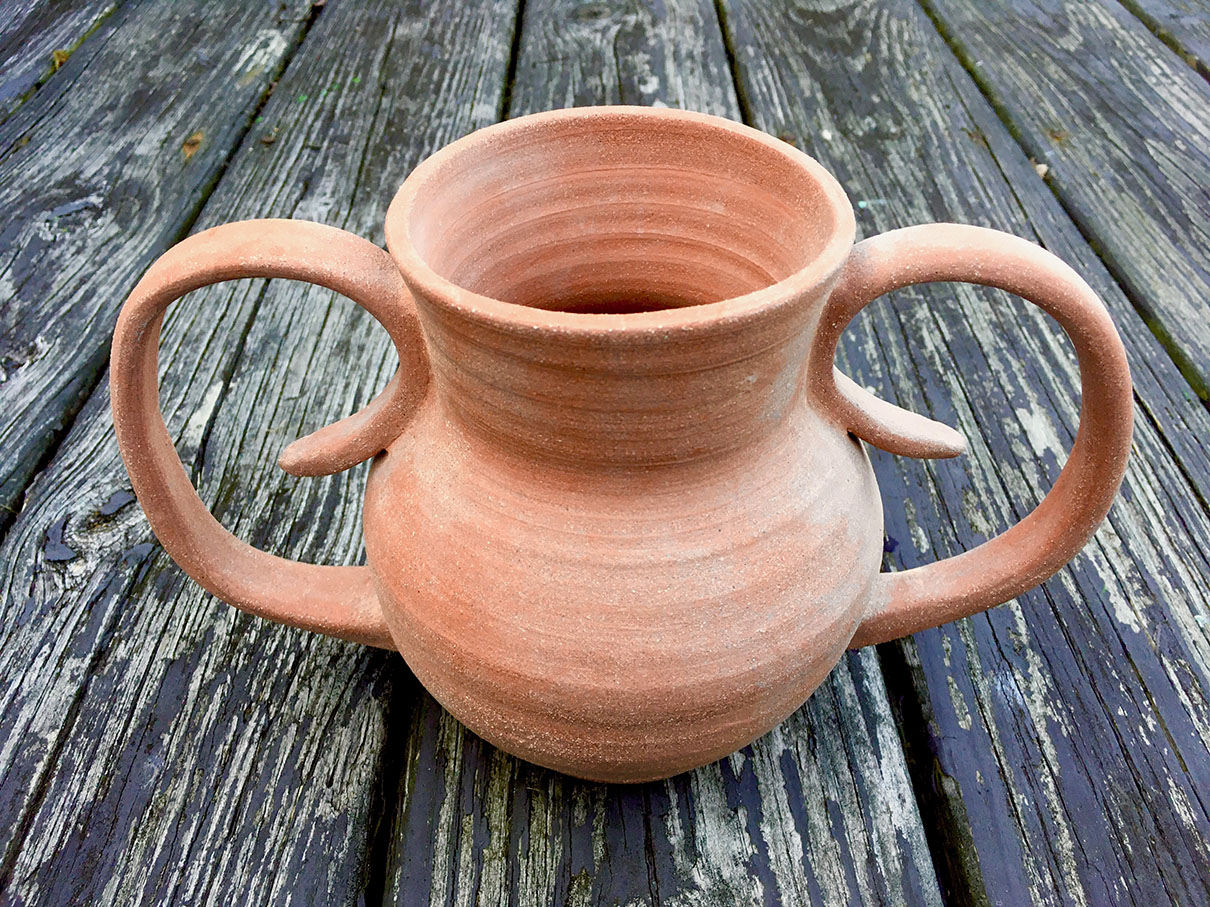
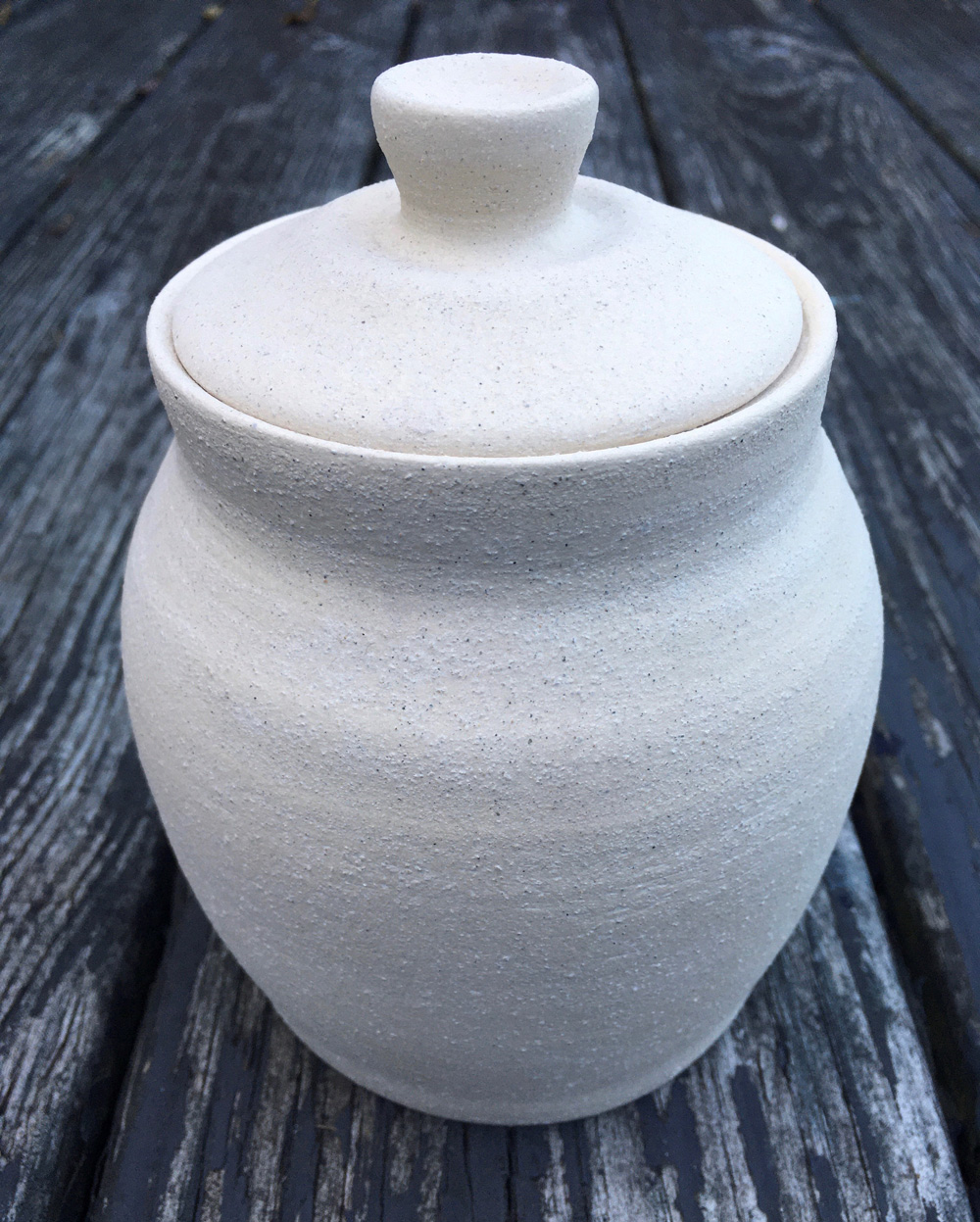
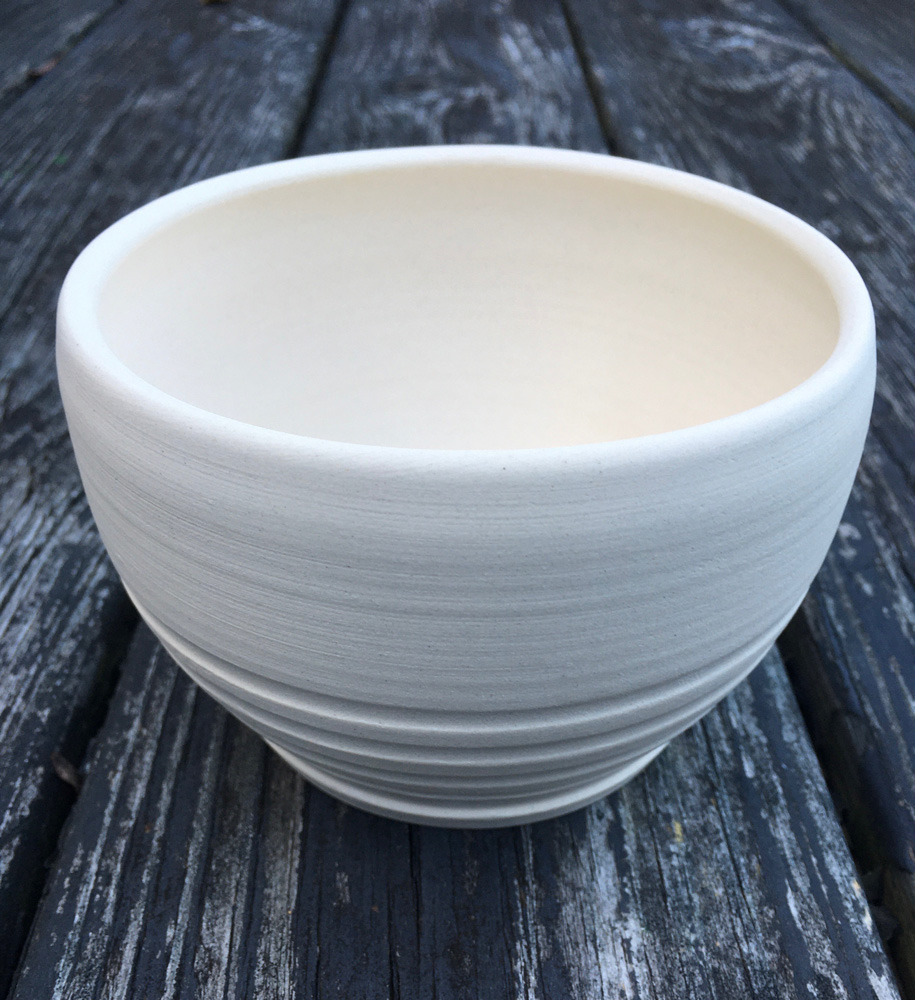
“Bisque” fired clay or unglazed ceramics is greenware clay that has been fired once in a kiln. Bisque firing builds structure and strength. These are the best type of ceramics to be used if you would like to apply paint. Bisque fired clay is very porous and it is optimal if the paint soaks into the pores of the bisque fired clay for best adhesion. High Flow Acrylics tend to absorb quickly into the bisque and barely leave any film formation on top of the piece and why it showed the best adhesion in our testing. This could also be achieved by thinning the Heavy Body and Fluid Acrylics with water and applying as a wash or applying a thin medium like High Flow Medium as a first coat and letting dry, then painting on top of the dry medium. The only challenge with thin paint is that it could bleed into valleys left behind if the leather-hard clay was trimmed before completely being left to dry before firing. This can be beautiful as a stain effect, but could be difficult if fine details are needed. This should not be an issue if the clay surface is smooth, as in clay that is cast in a mold.
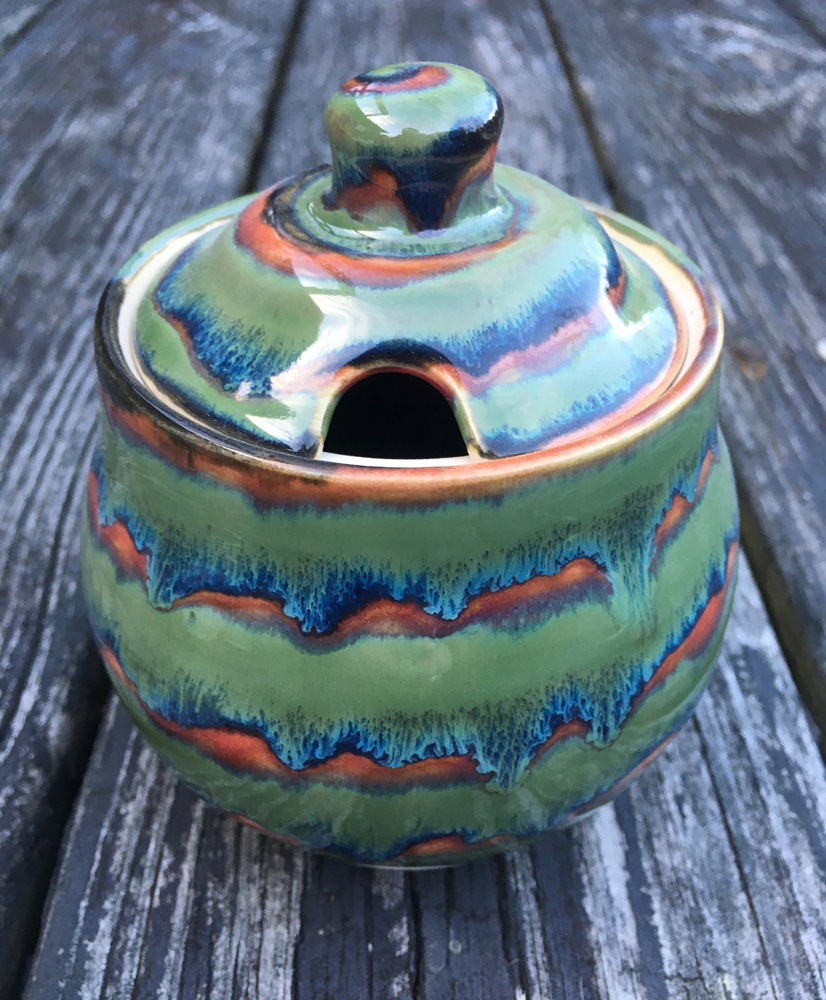 Glazed ceramics is clay that has already been fired once, then ceramic glazes are applied and the piece is fired again at a higher temperature. The glazes turn glass-like in the high heat and add durability to the piece. Glazed pottery is waterproof, meaning it can hold water, take heat or cold and can be put in a dishwasher. Artist acrylics are not a replacement for ceramic glazes and should not be fired in a kiln. Melting acrylics is unhealthy. Acrylics have poor adhesion to glazed ceramics and you could likely scratch it off with your fingernail. This is the reason we do not recommend painting on glazed ceramics including tiles; the paint will not make a permanent bond and would remain vulnerable to scratching. Adding GAC 200 into the paint or applied first and then paint applied on top could create better, but not perfect adhesion to glazed ceramics.
Glazed ceramics is clay that has already been fired once, then ceramic glazes are applied and the piece is fired again at a higher temperature. The glazes turn glass-like in the high heat and add durability to the piece. Glazed pottery is waterproof, meaning it can hold water, take heat or cold and can be put in a dishwasher. Artist acrylics are not a replacement for ceramic glazes and should not be fired in a kiln. Melting acrylics is unhealthy. Acrylics have poor adhesion to glazed ceramics and you could likely scratch it off with your fingernail. This is the reason we do not recommend painting on glazed ceramics including tiles; the paint will not make a permanent bond and would remain vulnerable to scratching. Adding GAC 200 into the paint or applied first and then paint applied on top could create better, but not perfect adhesion to glazed ceramics.
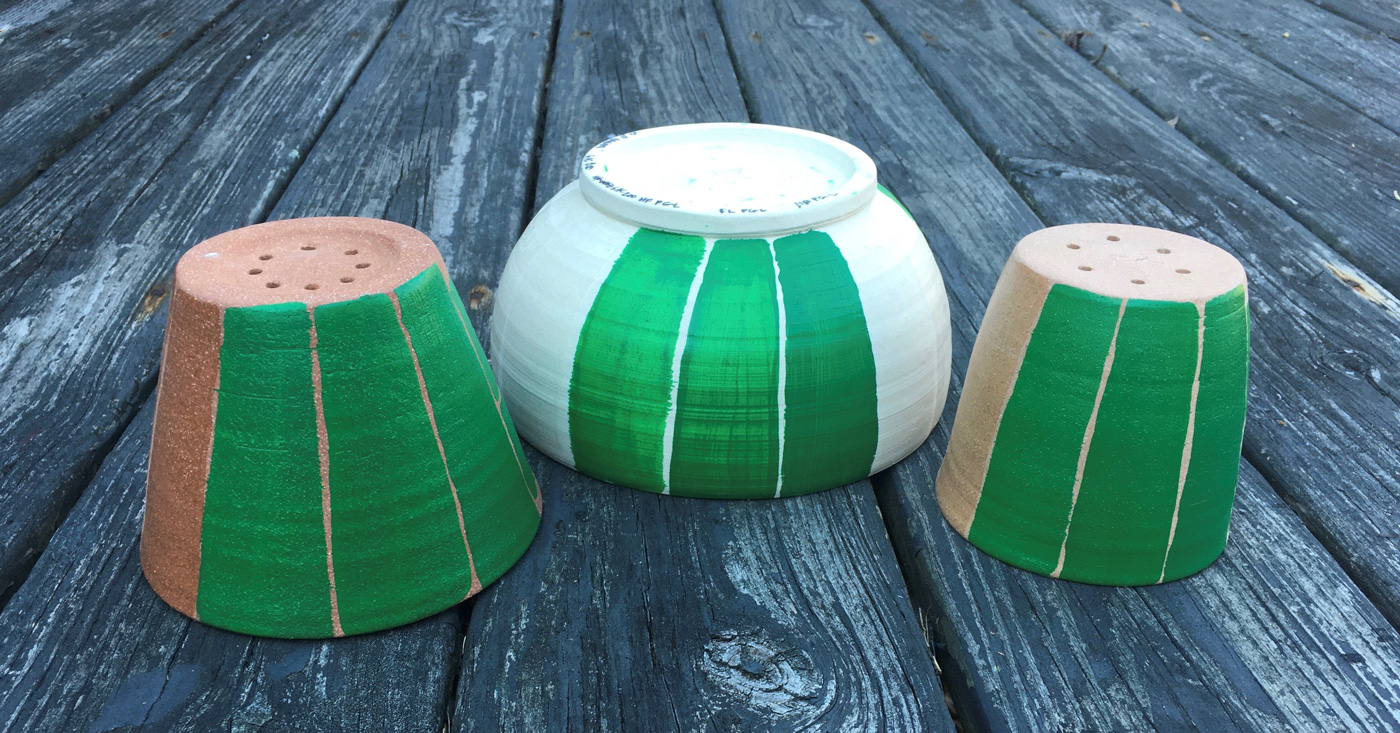
Testing Specifics on Bisque
On the bisque fired earthenware, stoneware and porcelain clay bodies we tested the adhesion of High Flow Acrylics, Fluid Acrylics, Heavy Body Acrylics, High Flow Medium, GAC 100, GAC 200, and GAC 800. What we discovered was that all three of the acrylic paint lines generally had good adhesion to the unglazed pottery. We saw a small bit of a failure with the Fluid Acrylics and Heavy Body where the paint was applied thicker, so our best recommendation would be to keep the paint thin or use High Flow Acrylics, which soaked into the pores and became more incorporated into the piece.
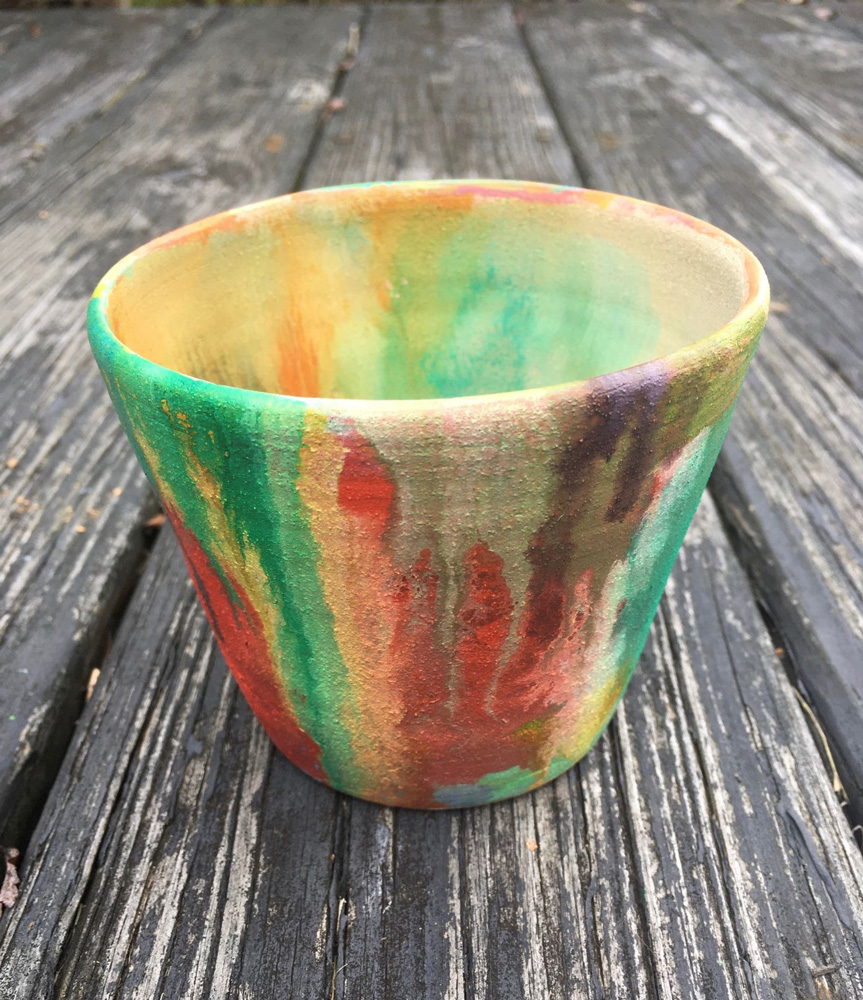
In fact, the clay was so absorbent there was no film built up on to the surface from the High Flow to even cut for the adhesion test! Of the mediums tested, the only one that had poor adhesion was the GAC 100, so if you wanted to create a translucent glaze-like finish with acrylics, we would recommend High Flow Medium, as this is our thinnest medium. The GAC 200, which is our hardest paint film, mixed into the paint could also be used. These will give a tinted glaze to the piece. GAC 200 needs to be applied in a room temperature of at least 70°F or it will crack upon drying. This temperature caveat can be overcome if you mix a minimum of 25% paint or another medium into the GAC 200. You could stop at this point if you were just creating a decorative piece of art.
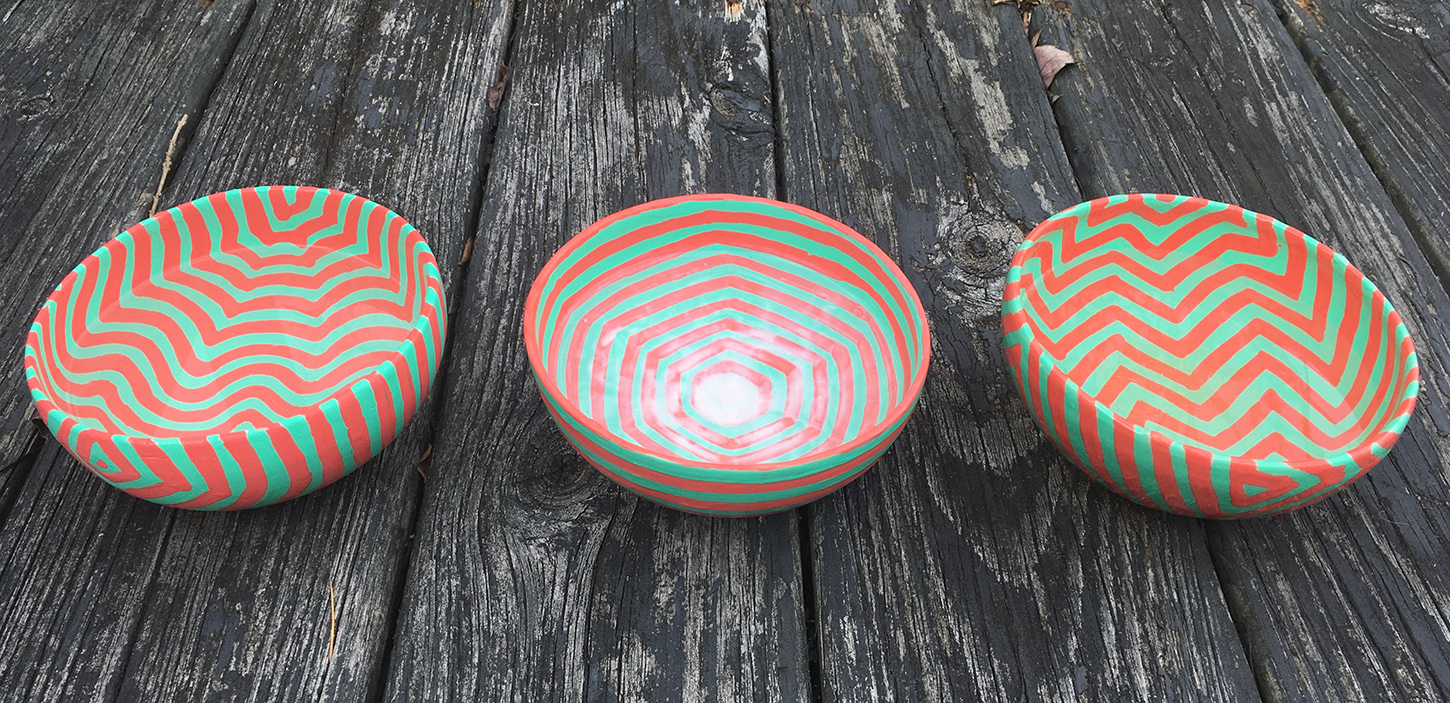
Topcoating Painted Bisque
If you would like to use it to hold water or a plant, we would recommend applying a functional and highly durable topcoat inside and outside the pot. We tested a couple of products on the market to see if it would become waterproof and what we found was the two part epoxy held up the best. We suspected that if a bisque fired vessel was only painted with acrylics, not topcoated, and filled with water, that the acrylics would blanche and swell and eventually fail because they are porous on a microscopic level. Our test showed otherwise. After a week filled with water in a porcelain pot painted inside and out with Fluid Acrylics, the paint held and saw no issues. Since this was limited testing, we don’t have complete confidence in this application and suspect there could be issues with more porous clay bodies like stoneware and earthenware.
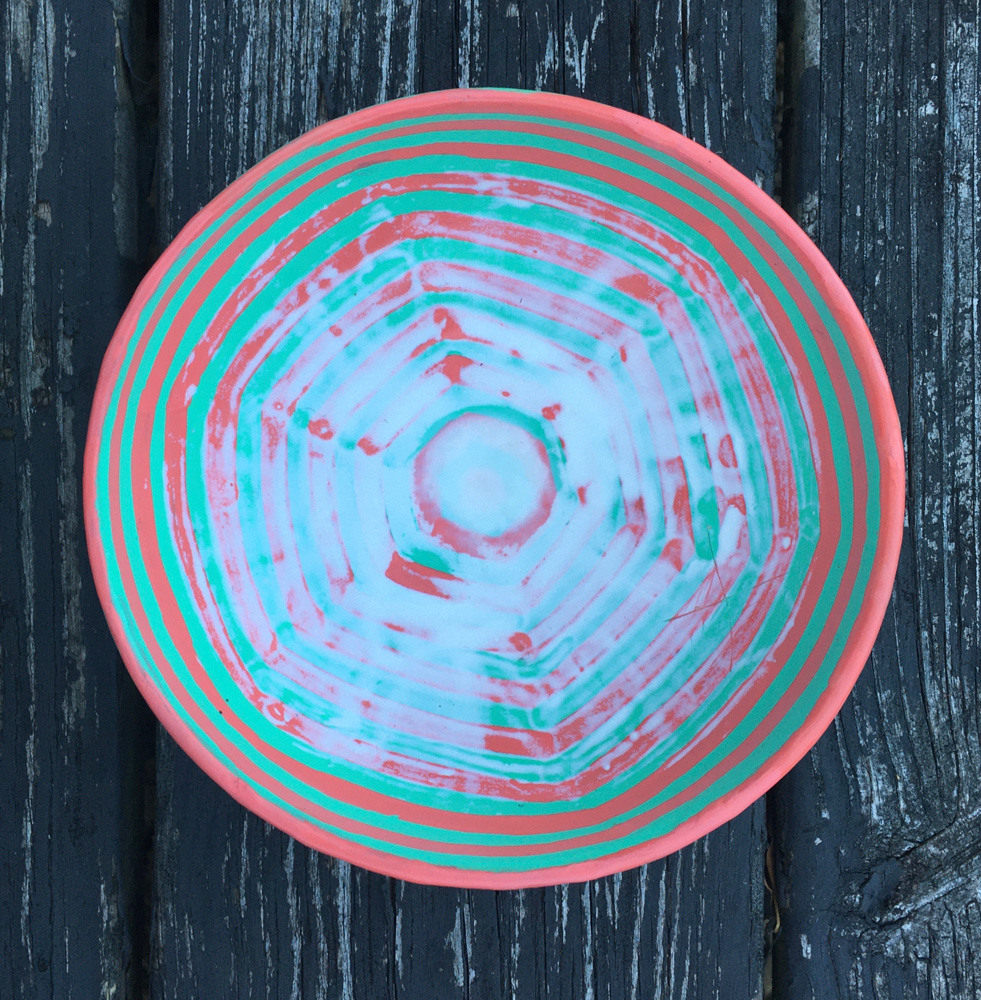
We also tested a water based polyurethane/acrylic commercial topcoat. The water caused this layer to quickly blanch and the bowl dried with a white coating. We think if constantly filled with water, this coating could potentially blister and peel in time. Another option for the painted pot to hold a houseplant, could be to line the pot with some plastic sheeting.

Testing Specifics on Glazed Ceramics
On Glazed ceramics, we tested High Flow Medium, GAC 100, GAC 200, GAC 800 and three acrylic paint lines: High Flow Acrylics, Fluid Acrylics and Heavy Body Acrylics. We tested GAC 200 because it can improve adhesion to non-porous surfaces and GAC 800 because it can improve adhesion to chalky surfaces. All three of the paint lines failed the adhesion tests. The GAC 100 and 800 also failed. The GAC 200 on its own had better adhesion, but we saw some failure with the acrylic mixed in or on top where it was thicker in the high points of the brush strokes. Acrylics are soft and flexible, so if you would like the paint to be harder, you could mix GAC 200 into the paint to make it harder. While we did see some success of the tests with the High Flow Medium and GAC 200, we would consider it adequate adhesion and not a permanent bond and it may not hold up over time.
In Summary
Painting bisque fired ceramics can be a good alternative if traditional glaze firing is not an option or you desire a more painterly finish, but we must stress that paint is not as durable as ceramic glazing and should only be used for decorative purposes as a sculptural art piece. A benefit to painting instead of glazing is the control that can be had of line, mark or image. There is always an element of surprise when a piece is removed from the kiln after a glaze firing. Due to the nature of the ceramic glaze becoming liquid in the high temperature of a kiln, most glazes tend to move, flow, run, or change color and details and hard edges can be difficult to achieve.
About Stacy Brock
View all posts by Stacy Brock -->Subscribe
Subscribe to the newsletter today!
No related Post

